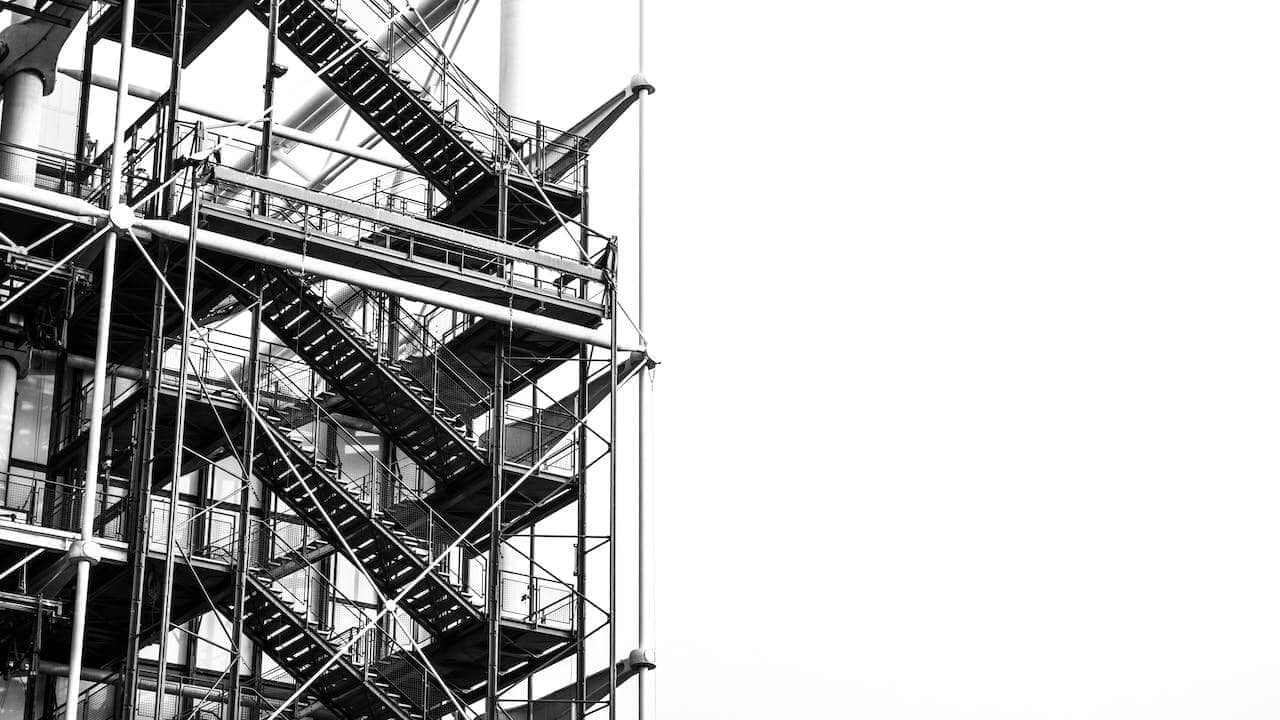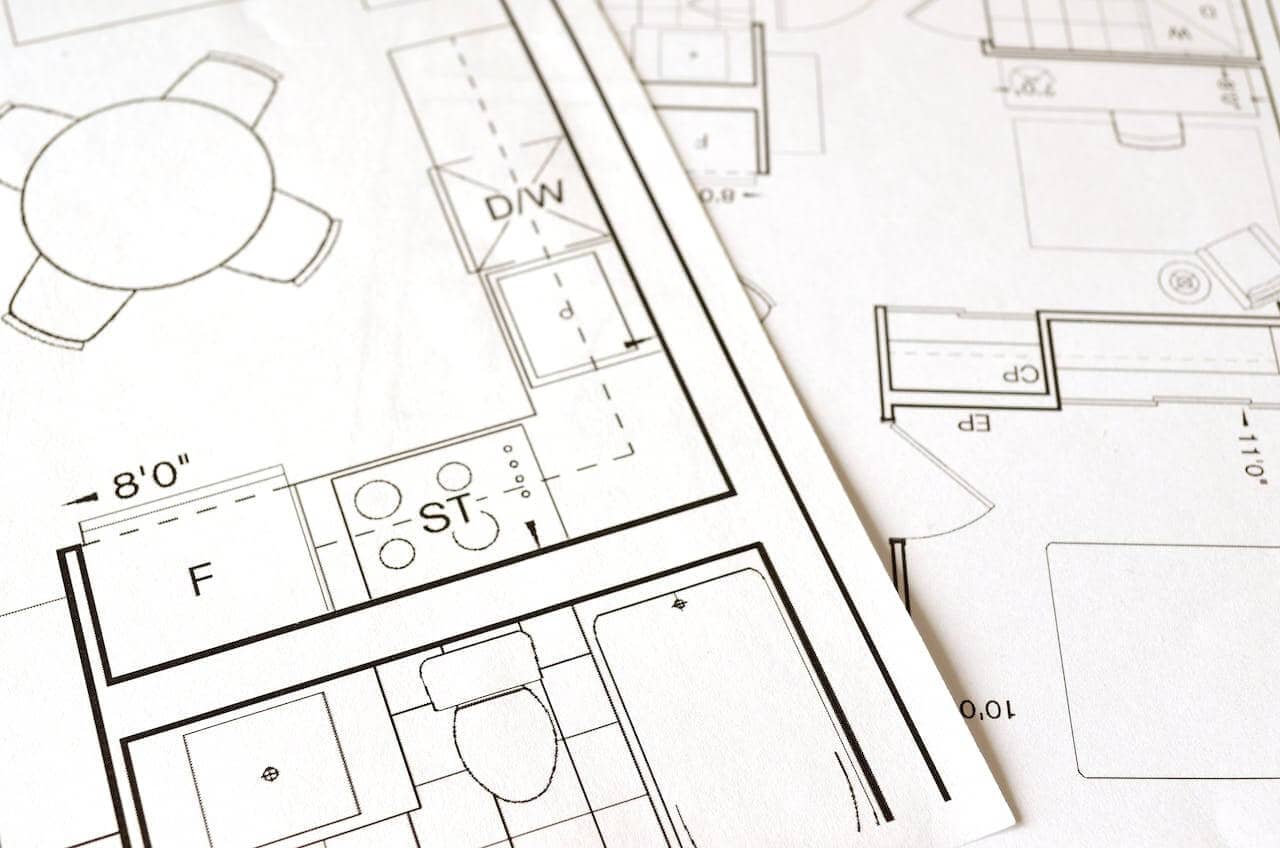Resilient design strategies for social housing in extreme weather conditions are crucial for creating sustainable, safe, and comfortable living environments for communities. In the face of climate change, where extreme weather events are becoming more frequent and severe, it’s imperative to rethink how we approach the design of social housing.
Understanding the Challenge
Social housing, often housing vulnerable communities, faces unique challenges when it comes to extreme weather conditions. From heavy rains and flooding to scorching heat waves and bitter cold spells, these conditions can pose serious threats to the structural integrity and well-being of residents.
In the context of the UK, where the weather can be notoriously unpredictable, resilient design becomes paramount. So, how can we build resilience to extreme weather in social housing?
Building Resilience Through Innovation
One key aspect of resilient design is embracing innovative construction materials. In extreme weather conditions, traditional building materials may not provide sufficient protection. Exploring advanced materials that can withstand various weather challenges is essential. This could involve the use of climate-resistant coatings, reinforced structures, and energy-efficient materials.
Additionally, incorporating sustainable and eco-friendly materials not only contributes to environmental conservation but also enhances the long-term durability of social housing structures. A holistic approach to material selection is fundamental to resilient design.
Harnessing Technology for Weather Monitoring
Imagine a social housing project equipped with a sophisticated weather monitoring system. Such technology can provide real-time data on changing weather patterns, enabling proactive responses to potential threats. From automated window shutters that close in anticipation of a storm to climate-controlled ventilation systems, integrating technology into the design ensures adaptability to the ever-changing weather.
In the UK, where weather conditions can shift rapidly, leveraging technology becomes a strategic advantage in fortifying social housing against extreme weather events.
Community-Centric Design Approach
Resilient design should not be limited to the physical aspects of a building. It should extend to fostering a sense of community and empowerment among residents. Engaging the community in the design process ensures that the solutions implemented are culturally sensitive and meet the specific needs of the people living in the social housing.
Creating communal spaces that can double as emergency shelters, organising community drills for extreme weather scenarios, and establishing communication channels for swift response are integral components of a community-centric design approach.
Green Infrastructure for Climate Resilience
Green infrastructure is a powerful tool in the arsenal of resilient design. Incorporating green roofs, permeable pavements, and strategically placed green spaces can mitigate the impact of extreme weather events. In the UK, where heavy rainfall can lead to flooding, green infrastructure acts as a sponge, absorbing excess water and reducing the risk of floods.
Beyond flood prevention, green infrastructure also contributes to improved air quality, reduced urban heat islands, and overall enhanced well-being for social housing residents.
Adaptive Design for Changing Conditions
Resilient design is not a one-size-fits-all solution. It requires an adaptive approach that considers the dynamic nature of climate change. Designing social housing with flexibility in mind allows for modifications and upgrades as weather patterns evolve.
In the UK, where climate projections indicate shifts in precipitation and temperature patterns, adaptive design ensures that social housing remains resilient over the long term. This might involve designing modular structures that can easily accommodate changes or integrating smart home technologies that can be updated as needed.
Governmental Policies and Support
Building resilience in social housing also necessitates the support of governmental policies. The government plays a pivotal role in setting standards for resilient design, providing incentives for developers to embrace such strategies, and ensuring that social housing projects adhere to these guidelines.
In the UK, where the government has recognised the impact of climate change, policies that encourage and enforce resilient design practices can significantly contribute to the overall preparedness of social housing in extreme weather conditions.
Making a Housing Disrepair Claim with National Claims
National Claims understands the importance of resilient social housing, especially in the face of extreme weather conditions. If you find your social housing facing disrepair due to weather-related issues, our team is here to guide you through the process of making a housing disrepair claim. We believe that everyone deserves safe and secure housing, and our experts are ready to assist you in seeking the compensation you deserve.

Conclusion
As we celebrate the one-year mark of contemplating resilient design strategies for social housing in extreme weather conditions, it’s evident that the path forward involves a combination of innovation, technology, community engagement, green infrastructure, adaptive design, and supportive policies. By weaving these elements together, we can build social housing that not only withstands the challenges of today but also anticipates and adapts to the uncertainties of tomorrow. In the UK and beyond, the journey towards resilient social housing is a collaborative effort—one that embraces the power of design to create spaces that are not just shelters but strongholds against the storms of a changing climate.
Find out more information regarding how to start your claim by contacting us and speak to one of our claims specialists today.
Click below to see why we are one of the most trusted claims management companies in the UK.

We’re proud of our excellent customer reviews
We thrive on delivering exceptional service and ensuring our clients’ satisfaction. Don’t just take our word for it. Check out some of our independent reviews to see what our clients have to say.
Excellent

This firm is excellent, they sorted out my car pay out and injury claim very fast, they always communicate with you all the time.

My accident case was dealt with confidence and with great result of the outcome, especially James kept me informed all the time.

I was very impressed at the way my inquiry was treated. I was listened to attentively and everything I needed to know was explained to me.






